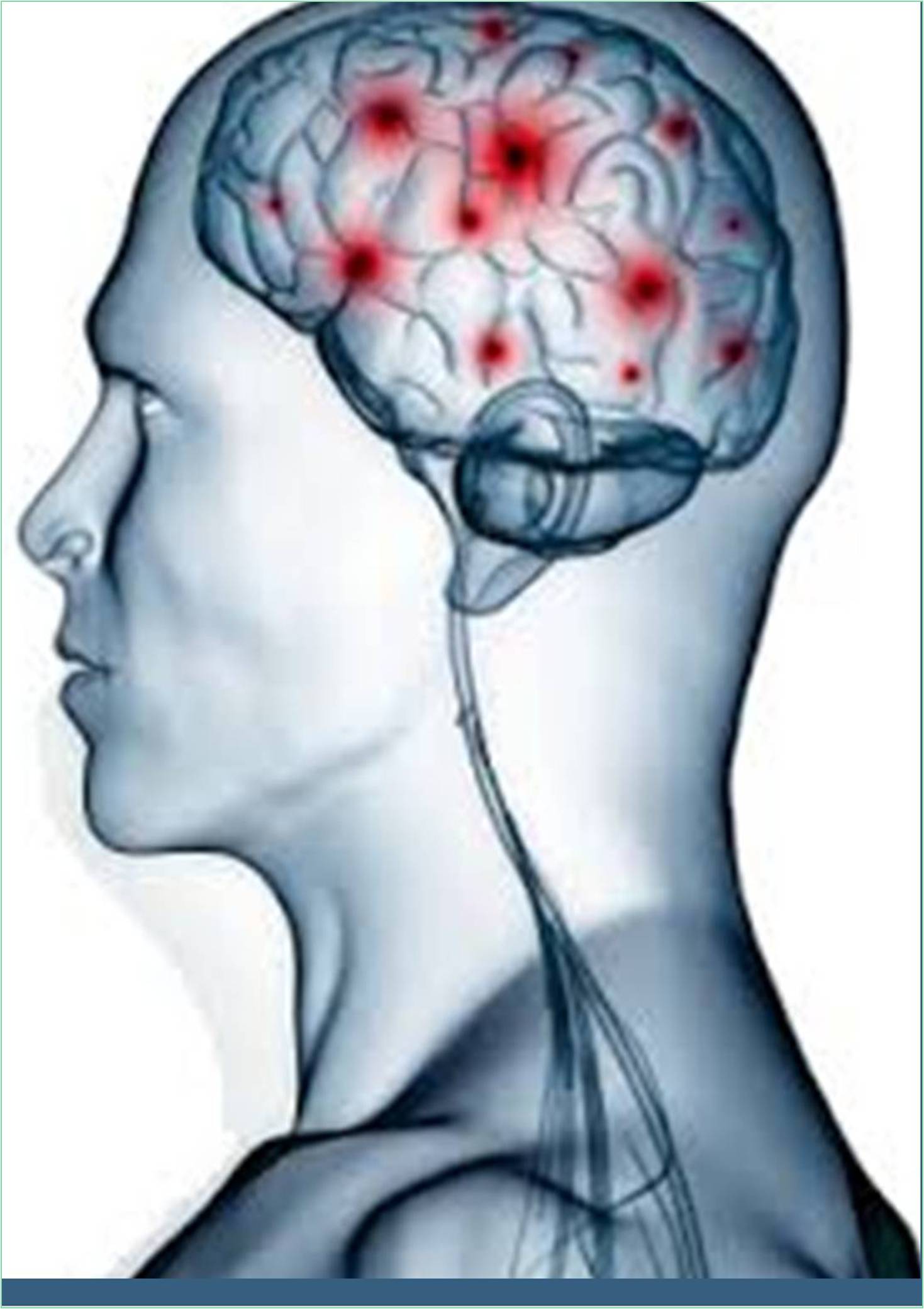



Received: 25-Nov-2022, Manuscript No. GJNN-22-85339; Editor assigned: 28-Nov-2022, Pre QC No. GJNN-22-85339 (PQ); Reviewed: 12-Dec-2022, QC No. GJNN-22-85339; Revised: 19-Dec-2022, Manuscript No. GJNN-22-85339 (R); Published: 28-Dec-2022, DOI: 10.15651/2449-1942.22.10.015
Children's migraine symptoms can be comparable to those in adults, including headaches with or without aura, nausea, vomiting, photophobia, and relief from sleep. But there are specific types of migraine that only affect kids, and they almost never affect adults. Young children may experience migraine with severe nonheadache symptoms (acephalalgic migraine, migraine without headache, etc.), or neurologic signs (aura) may be much more noticeable than the headache.
The International Headache Classification of Headache Disorders (ICHD)-II previously referred to these conditions as "childhood periodic syndromes that are frequently antecedents of migraine," however ICHD-3 renamed them "episodic syndromes that may be associated with migraine." Despite historically being associated with childhood, they can also affect adults.
The following are known childhood disorders that are thought to have a pathophysiological connection to migraine:
• Childhood benign paroxysmal vertigo
• Stomach ache migraine
• Recurring vomiting in children
• Acute migraine with confusion (acute confusional state)
• Recurrent torticollis
• Baby colic (epidemiologic association with migraine)
Basilar migraine can cause noticeable dizziness, nearsyncope, or syncope, together with or without a later headache. This is especially true in adolescent girls. Hemiplegic migraine, which is typically an autosomal dominant condition, can infrequently persist into adulthood. In children, ophthalmoplegic migraines can also happen.
Infant colic may be a young-life manifestation of migraine, according to the evidence. There are epidemiologic links between maternal migraine and both infant colic and childhood migraines.
Variants of migraine can result in considerable handicap since they prevent children from attending school, parents from working, and generally disturb family life.
Etiology and Pathophysiology
Although migraine and its variations have long been thought to have a vascular genesis, mounting evidence supports fundamental neuronal reasons as the underlying cause. There are certain hereditary forms of migraine. Certain chromosomal 19 markers were discovered in some families with hemiplegic migraine. Unusual mitochondria, derived from either autosomal or mitochondrial DNA, could be a factor. Generalized migraine may have a hereditary propensity with systemic and environmental causes. Possible autosomal dominant traits for hemiplegic migraine. Patients frequently identify stress, bright light, strong emotional effects, and too much or too little sleep as triggers.
Some cases of abdominal migraine or infantile cyclic vomiting may be caused by mitochondrial abnormalities, which can be inherited from the mother via mitochondrial DNA, inherited from the father by chromosomal DNA, or they might occur sporadically. There is mounting evidence linking a number of mitochondrial DNA polymorphisms to both migraine without aura and cyclic vomiting syndrome. Fasting or systemic stress, such as a fever or illness, may cause episodes in people with mitochondrial diseases.
A number of channelopathy-related genetic disorders, including various combinations of familial hemiplegic migraine, paroxysmal vertigo in childhood, episodic ataxia, and paroxysmal dyskinesias, have been discovered as knowledge from genetic diagnosis and whole exome sequencing rapidly advances. For instance, familial hemiplegic migraine has occasionally been linked to mutations in the SCN1a gene, which was first linked to a number of epileptic syndromes. Similar to PRRT2, ATP1A2 gene mutations or PRRT2 mutations can cause a variety of symptoms, such as benign familial infantile seizures, paroxysmal choreoathetosis, episodic ataxia, and/or hemiplegic migraine.